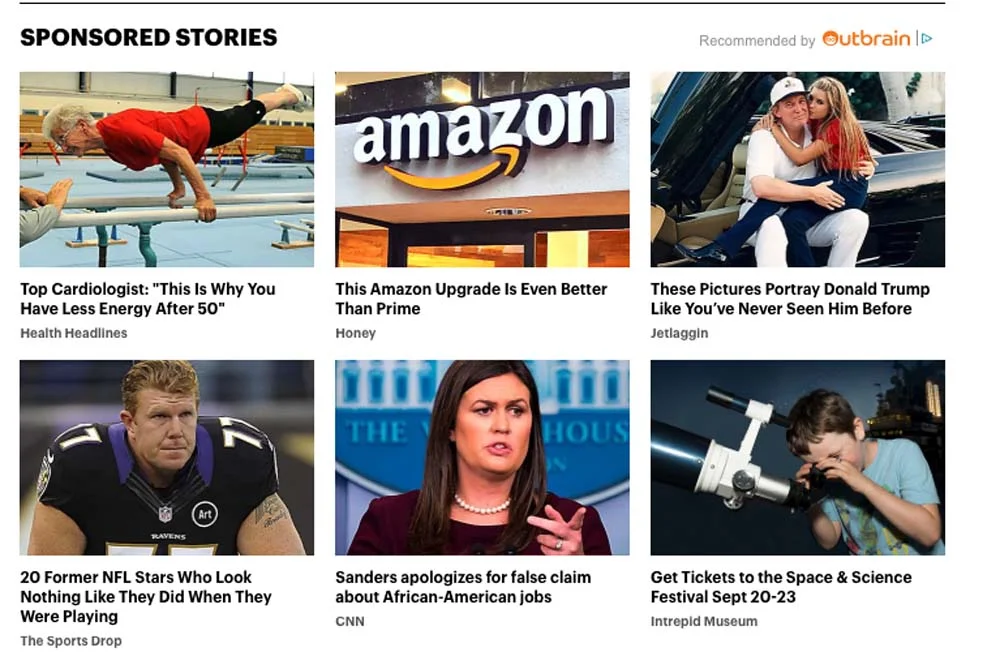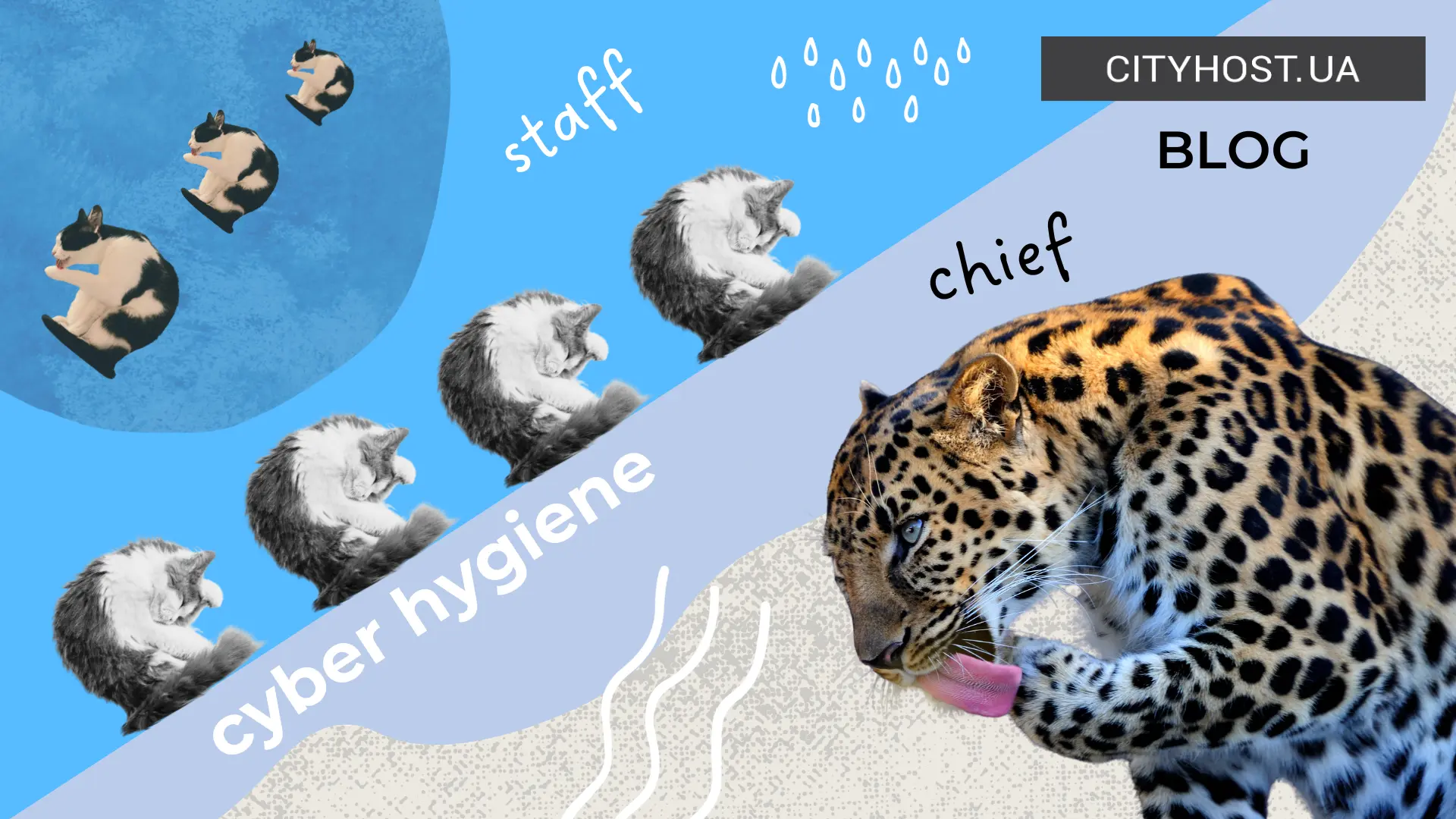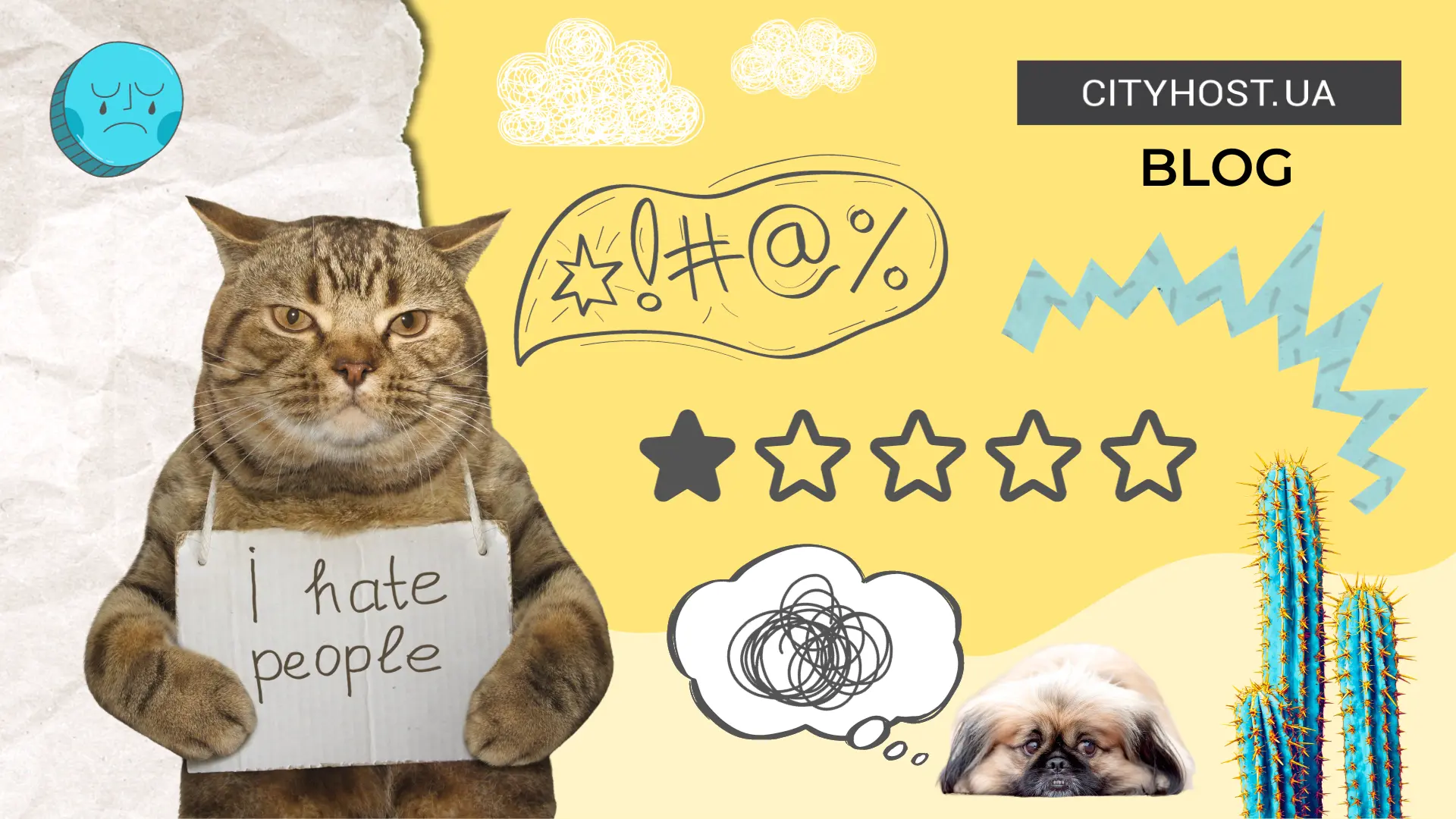
- Since Ancient Times: The Shocking History of Clickbait
- The Impunity of Clickbait: They Know, but Can’t Punish
- Instant Results with Reputation Preservation: How to Use Clickbait
- How to Combat Clickbait: Top Tips for Users
Clickbait is a type of content created to attract attention to material on a physical or web resource. Content creators use provocative or sensational headlines, playing on people’s emotions. Typically, the content is presented in the form of "YOU WON'T BELIEVE IT!", designed to provoke strong concern, making a person forget everything and quickly click on the domain to find out what happened. And you won’t believe it, but it works!
Since Ancient Times: The Shocking History of Clickbait
Although clickbait became especially common with the advent of the Internet, its history dates back to the 19th century. Yellow journalism and tabloids resorted to sensational, exaggerated, emotionally charged headlines to grab people's attention and make them buy a newspaper. While today you can click on a link and then simply close the webpage, spending only a few minutes, back then people also lost money.

"Bat-Man on the Moon" — The Great Moon Hoax of 1835. Journalists from the New York Sun wrote an article about British astronomer Sir John Herschel, who allegedly discovered signs of life on the Moon. Of course, this was classic clickbait with a loud headline and completely false information, but the newspaper's circulation grew significantly in the following years.
Yellow journalism successfully used clickbait, but its popularity truly peaked during the rise of the Internet:
- Early 2000s. At that time, advertisers didn’t have the robust analytics tools available now, like Google Analytics (which provides metrics such as session count, active user percentage, average interaction time, etc.). The only thing that mattered was the number of visitors, so early news websites and blogs successfully used clickbait, increasing clicks and attracting more users.
- Clickbait peak in the early 2010s. This was when viral platforms like BuzzFeed started appearing, with all their content based on clickbait. They posted short pieces with vague information and sensational headlines, provocative polls, and emotional lists.
- Combatting clickbait in the mid-2010s. Eventually, people grew tired of such manipulations. Users and media began highlighting the unmet expectations from bait articles. Facebook then changed its algorithms to reduce the presence of such materials in news feeds, and ad blockers changed the rules of the game, forcing websites to shift to sponsored and native advertising.
- Clickbait staying afloat in the 2020s. Although social networks and search engines continue to reduce the visibility of deceptive content, clickbait remains a common method to attract users to websites.

Example of clickbait on YouTube. Here, Ukrainian, English, and American channels almost exclusively use clickbait. In such videos, they talk about everything and nothing at the same time, and usually, there’s no evidence provided.
Clickbait particularly "shined" during the pandemic and after Russia’s full-scale invasion of Ukraine. In the latter case, unethical methods of grabbing readers' attention often led (and continue to lead) to loud scandals and caused irreparable harm. In an era of information overload, despite platforms' efforts to curb the spread of this attention-grabbing method, websites continue to use it actively and successfully.
By the way, is it possible to contact the hosting provider with a request to block the site with clickbait? Providers of Ukrainian hosting and domains can block sites in some cases when they contain content that is prohibited by law or the rules for using services. Unfortunately, clickbait itself does not fall under any law and cannot be a reason to block a site. If the web resource has other violations, then you can safely write a complaint to the hosting provider. Such violations include phishing, political propaganda, advertising of narcotic substances, posting of pirated content, viruses and spam, copyright infringement, and a whole list of other actions. Read more about them and how to file a complaint against the site owner in this article.
The Impunity of Clickbait: They Know, but Can’t Punish
Clickbait is mainly used by websites, YouTube, and Telegram channels to attract more users and then make money through advertising. Their owners don’t care about the consequences of manipulating emotions.

This is why, in the EU and the US, clickbait is considered a form of false or deceptive information. In the US, clickbait can fall under laws concerning unfair advertising, such as the Federal Trade Commission (FTC) Act, meaning a company can be fined for deceptive content. Similar regulations exist in the European Union: a company can be fined for false promises or misleading content.
Google and Facebook also try to combat clickbait. Google blocks accounts that violate their policies, banning headlines that encourage clickbait, such as "You won’t believe..." or "Click to find out...". On July 19, 2020, the American corporation announced a tightening of its advertising policies: it banned ads that use tragedies, scandals, and disgrace to force people to click immediately. So, any clickbait advertising, including ads that promise to reveal sensational information and bait messages like "Click here to find out", has been strictly prohibited since then.
The popular social network Facebook is also keeping up. In 2019, algorithms were updated to minimize the reach of posts with fabricated or exaggerated headlines. At the same time, the following actions were taken:
- a feature was introduced to provide detailed information about an article before clicking the link;
- the number of links with misleading headlines and images was reduced;
- fact-checking was strengthened through an enhanced specialized program.

Have Facebook and Google managed to defeat clickbait? No! There was plenty of it even before the full-scale invasion, and now many groups are filled with clickbait, gaining significant reach. Yes, the reach has decreased a bit, but such posts still help their owners attract users and make money.
In Ukraine, the fight against clickbait is even less developed. At the state level, such issues have no specific regulation. If clickbait is used in advertising campaigns, advertisers can be held liable under the Law of Ukraine "On Advertising". If there are victims in clickbait ads, they can file a complaint or lawsuit under the Law of Ukraine "On Consumer Protection".
Despite the huge amount of clickbait, it almost never leads to direct legal action, and at most, it violates laws on advertising, consumer rights, and unfair commercial practices.
Read also: Copyright on the Internet: How to protect your content and how not to become a delinquent
Instant Results with Reputation Preservation: How to Use Clickbait
Until now, we’ve discussed clickbait as a negative method of interacting with users. If, after following the link, the user encounters low-quality content that doesn’t match the headline or image, you lose respect for the brand. Moreover, SEO suffers: the bounce rate on the site increases, and accordingly, the web resource ranks lower in search results. And don’t forget that PageRank and TrustRank algorithms help search engines filter out fake content with deceptive information.
Read also: Bounce Rate on a Website — How to Analyze and Reduce It
If you use clickbait wisely and ethically, you can attract the audience’s attention while maintaining trust in the brand:
- Tell the truth. You can create emotional, intriguing headlines, but they should not be misleading. For example, “What will happen to your body if you give up sugar for 30 days?” And in the article, you really talk about the consequences of giving up sugar for 30 days, show real changes, and/or provide the results of scientific studies.
- Give people useful information. Use clickbait to draw attention to the article, but then give users information that will truly help them. For instance, in the article “How to increase productivity by 50%: 5 methods that work today”, describe methods that can boost productivity immediately.
- Maintain emotional balance. Excessively emotional headlines can seem suspicious or even harm people. For example, “Investors are massively losing money: the new tax law threatens your savings”. Given the country’s situation, a person may become very anxious, and when they read the false news, they’ll be disappointed in your site and leave it quickly. It’s better to focus on facts or real benefits the reader will gain.

Example of justified clickbait. An emotional headline with a cover image that amplifies the desire to watch the video. But the person really shares their experience and real changes.
The main advice: the headline and image should match the content, whether it’s a post on social media, a YouTube video, news, or an article on a website. It’s better to lower the level of tension slightly but still spark the reader’s interest, then provide them with useful information, rather than overdoing it, shocking, and deceiving them, thereby permanently driving them away from your brand. If clickbait promises and delivers something valuable, users will interact with other content on the site, spend more time on it, and return again and again.
Read also: How to Promote Your Website Using Social Media
How to Combat Clickbait: Top Tips for Users
People have a natural need to know the answer to vague statements or mysterious questions like, “If you do THIS, here’s WHAT will happen…” or “THE POLISH are furious again! Ukraine is switching to…”. Such headlines with eye-catching images deeply affect us, and the thought arises: “I need to read this news quickly, it’ll only take a few minutes”. Then, you find out that the content doesn’t match the headline or image, feel disappointed, and moments later, fall for the same trap again.

To avoid repeating this mistake, you need to first understand how to recognize clickbait:
- Too much emotion. If the headline or image seems overly sensational or promises something amazing without clear information, you’ve likely encountered clickbait.
- Content mismatch with the headline. If the headline doesn’t reveal the core of the material, or after clicking, you find that the text has nothing to do with the claim, it’s clickbait.
- Emotional manipulation. If the headline makes you feel fear of loss, outrage, or extreme excitement, there’s a good chance you’ve come across clickbait.

Of course, the author may use clickbait but still provide useful information in the article. If you’re unsure whether the material is clickbait or not, you can click on the link (but be cautious to avoid phishing sites). Once you’ve figured it out, you can take action against the content and its source:
- Negative comments. On their website (channel, group), the author can manually delete comments, but it will take time. So always leave a constructive negative comment under the material, noting that the content doesn’t match the headline. Even if it’s removed later, your message may help others avoid the same trap.
- Dislikes. Yes, some social networks hide dislikes, but they still affect content visibility. Your dislikes can help reduce the visibility of clickbait materials.
- Reports. False information is a direct violation of the rules on any platform. We recommend always reporting it, either as spam or misleading content. It’s best to add a comment explaining in detail that the headline does not match the content.
- Blocking the source. On different platforms, you can block the author (group, channel) from being recommended or completely block the source. If it’s about websites, create a list of trusted web resources and only read those.
Fighting clickbait is necessary. Pay attention not only to the headlines but also to the context of the page, choosing resources with balanced information without excessive sensationalism. If you notice clickbait before or after reviewing the content, write a comment, dislike it, report it, and block the source. If you decide to use clickbait on your own online project, be careful with emotions and provide people with truthful information — make sure the material lives up to its title and image.










